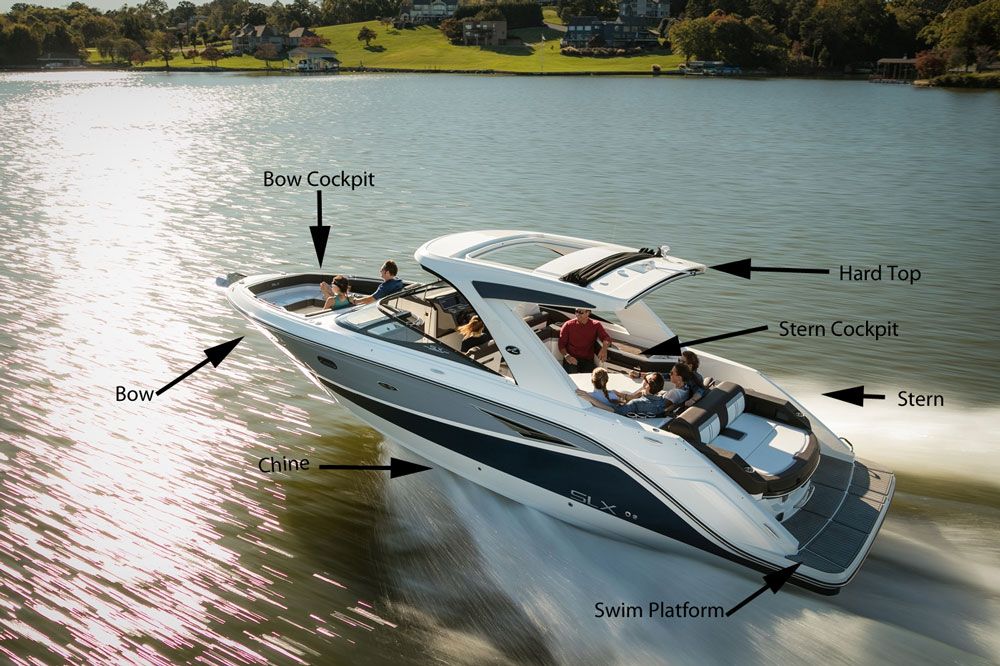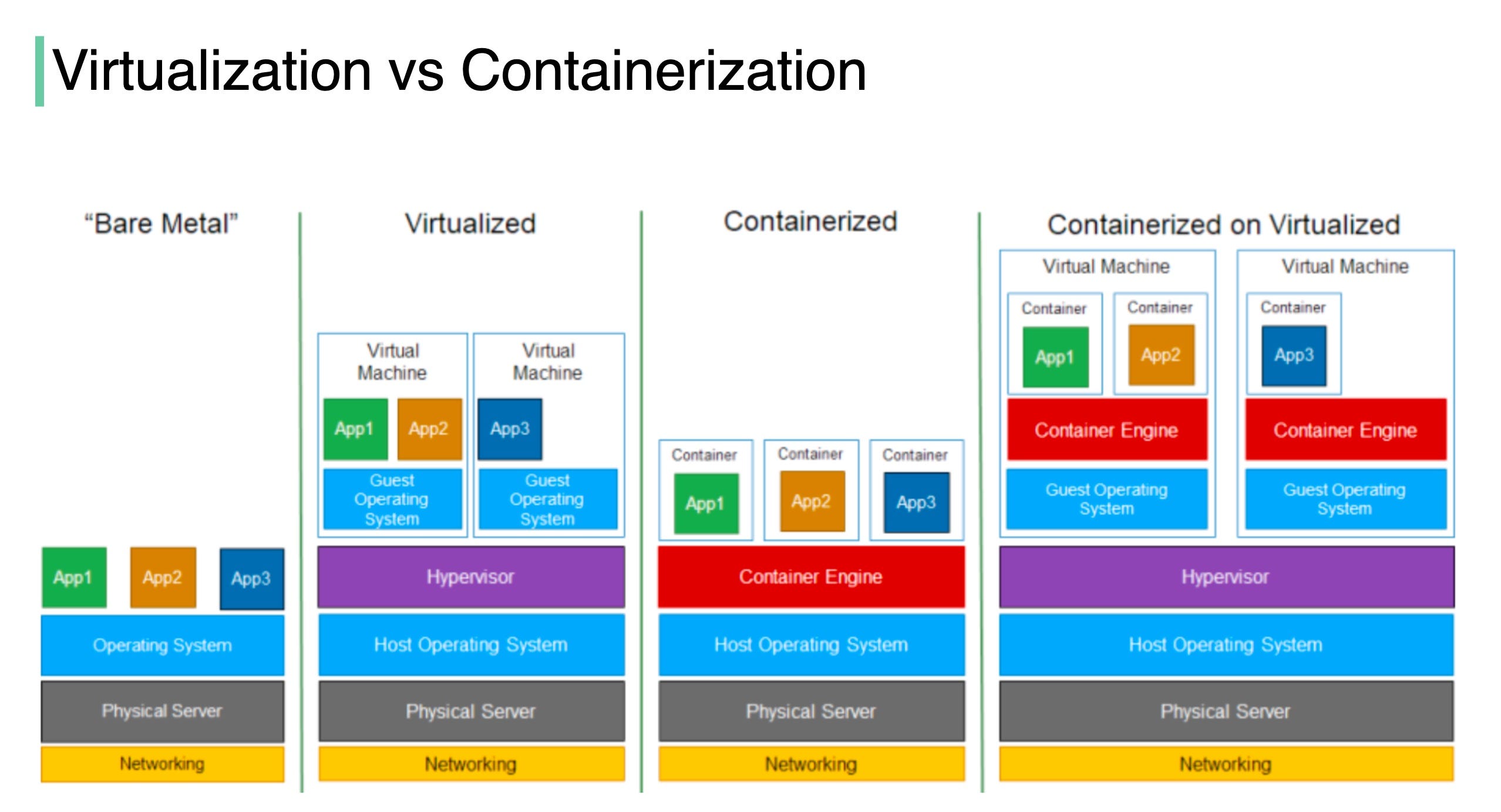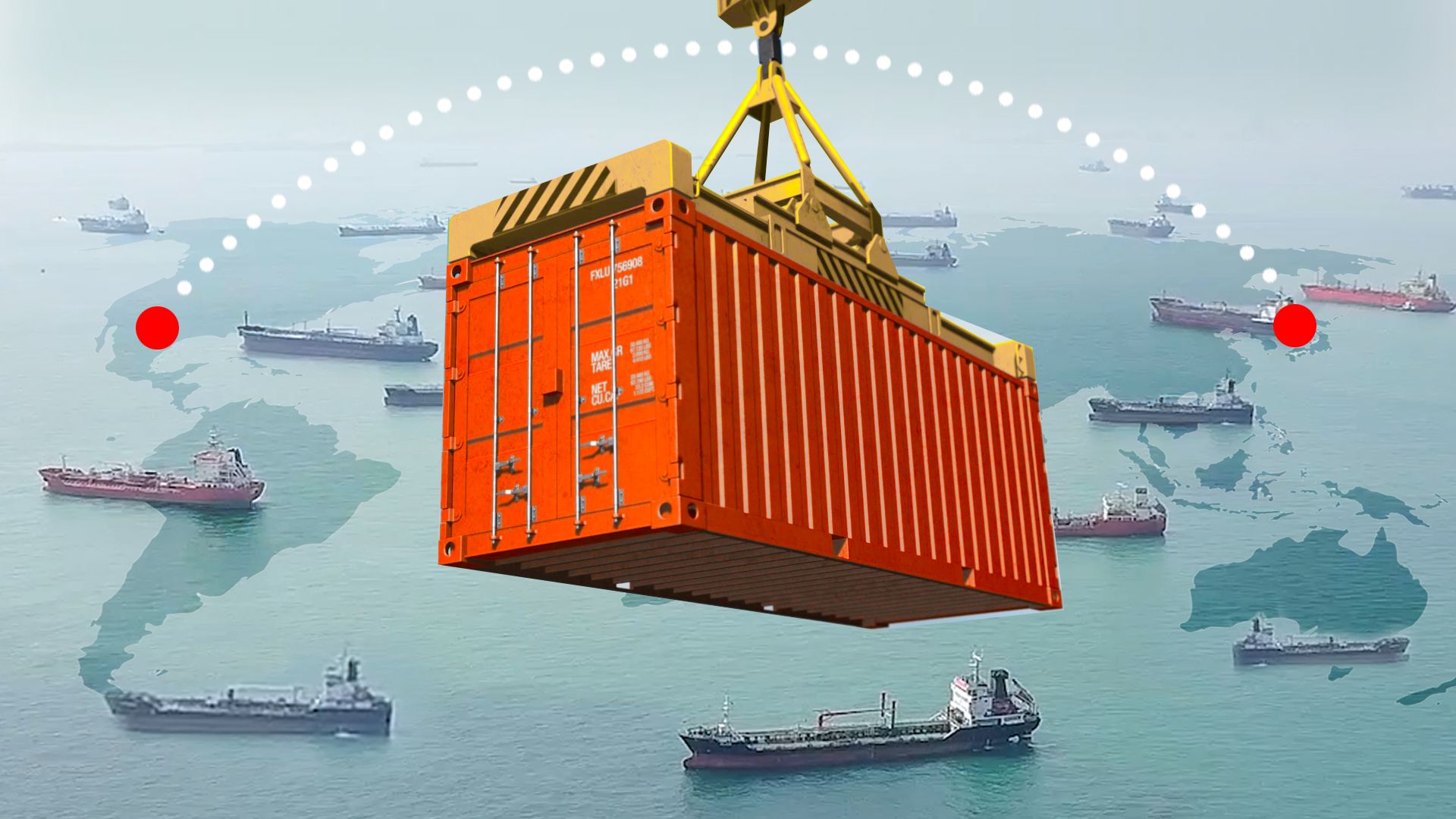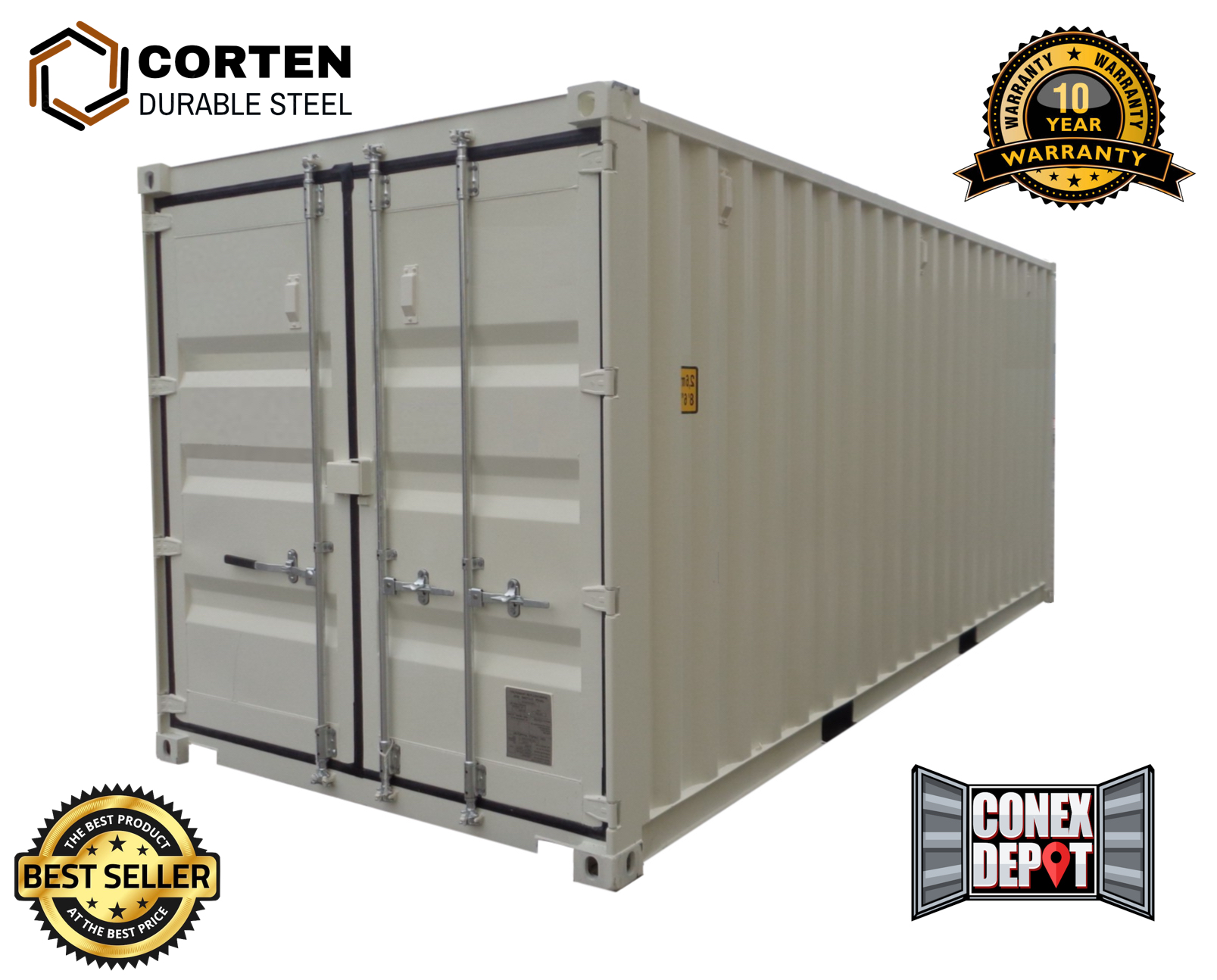Motorboats are among the most popular and versatile types of boats in the world, offering an unparalleled combination of speed, agility, and comfort on the water. From leisurely cruises across serene lakes to high-speed thrills on the open sea, motorboats cater to a wide range of recreational activities, including fishing, watersports, and coastal exploration. Whether you’re a seasoned boater or a first-time buyer, understanding the features, types, and benefits of motorboats can help you choose the perfect vessel for your needs.
In this article, we’ll explore what a motorboat is, the different types available, how they work, and why they are a favored choice for water enthusiasts worldwide.
What is a Motorboat?
A motorboat is a boat that is powered by an engine, typically an internal combustion engine, although electric motors are becoming more common. Unlike sailboats, which rely on wind, motorboats use mechanical power to propel the boat forward, making them much faster and more efficient in various water conditions.
Motorboats come in a wide range of sizes, designs, and configurations, from small dinghy-like boats used for fishing to large luxury yachts used for long-distance cruising. The key characteristic that defines a motorboat is the presence of a motor or engine that drives the boat, making them different from rowboats, canoes, or kayaks that rely on human power.
How Does a Motorboat Work?
Motorboats operate using a propulsion system that is powered by an engine. The engine can run on gasoline, diesel, or even electric power, depending on the type of motorboat. Here’s a basic breakdown of how a motorboat works:
- Engine: The engine powers the motorboat by generating thrust. The engine is typically located either in the stern (the back of the boat) or under the boat in a compartment.
- Propeller: Most motorboats are equipped with a propeller that turns as the engine runs, propelling the boat forward. The propeller is usually mounted on the stern and is responsible for pushing water backward, which, in turn, moves the boat forward.
- Throttle and Steering: Motorboats have controls for accelerating, decelerating, and steering the vessel. The throttle is typically used to control speed, while the rudder or outboard motor is used for steering.
- Fuel System: The motorboat relies on a fuel system that stores and supplies fuel to the engine. Gasoline is the most common fuel type, though diesel engines are used for larger boats.
- Electrical System: Motorboats often have electrical systems for lighting, navigation, and other on-board electronics.
Types of Motorboats
Motorboats come in various shapes and sizes, designed to suit different activities and needs. Below are some of the most common types of motorboats:
1. Speedboats
Speedboats are designed for high performance and fast travel. With powerful engines, sleek designs, and lightweight construction, speedboats are ideal for thrilling water sports, racing, or simply enjoying the sensation of high-speed travel on the water. Speedboats are usually between 15 and 30 feet in length.
- Key Features: High horsepower engine, streamlined hull, and exceptional maneuverability.
- Ideal Use: Waterskiing, wakeboarding, and high-speed cruises.
2. Fishing Boats
Fishing boats are specially designed motorboats that provide the perfect platform for anglers. These boats are often equipped with specialized features such as rod holders, live wells for storing fish, and ample storage for fishing gear. They are often smaller and more compact, but can also be larger, providing more room and comfort for long fishing trips.
- Key Features: Spacious deck, storage for tackle and gear, fish-finding technology.
- Ideal Use: Freshwater or saltwater fishing.
3. Pontoon Boats
Pontoon boats are large, flat-bottomed motorboats that use two or more hollow pontoons (large tubes) for buoyancy. These boats are known for their stability, comfort, and spacious design, making them popular for leisurely family cruises, parties, or casual fishing trips. Pontoon boats are typically used in lakes and calm waters.
- Key Features: Large deck space, comfort features, stable design.
- Ideal Use: Relaxing cruises, picnics, fishing, or parties.
4. Cabin Cruisers
Cabin cruisers are larger motorboats that feature an enclosed cabin, providing more comfort and protection from the elements. These boats are designed for long-distance travel or overnight trips, with amenities such as sleeping berths, kitchens, and bathrooms. Cabin cruisers typically range from 20 to 50 feet in length.
- Key Features: Enclosed cabin, overnight amenities, and a larger fuel capacity for extended journeys.
- Ideal Use: Coastal cruising, weekend getaways, or longer trips.
5. Bowriders
Bowriders are versatile motorboats designed for both leisure cruising and water sports. They feature an open bow area where passengers can sit and enjoy the ride, making them ideal for families or groups of friends. Bowriders usually range in size from 18 to 30 feet and are powered by inboard or outboard engines.
- Key Features: Open bow seating, room for passengers, and good water sports capabilities.
- Ideal Use: Family outings, wakeboarding, and waterskiing.
6. Jet Boats
Jet boats are a type of motorboat that uses a jet propulsion system rather than a traditional propeller. These boats are known for their high maneuverability, shallow draft, and ability to navigate through areas with low water depths. Jet boats are commonly used in rivers, lakes, and coastal waters.
- Key Features: Jet propulsion system, exceptional maneuverability, and shallow draft.
- Ideal Use: River cruising, watersports, and navigating shallow waters.
7. Luxury Yachts
Luxury motor yachts are large, high-end motorboats designed for ultimate comfort and luxury. These boats can be over 100 feet long and feature multiple decks, state-of-the-art navigation systems, luxurious lounges, and even swimming pools or hot tubs. Luxury yachts are often used for long voyages and are designed to provide a lavish experience.
- Key Features: Multiple decks, advanced technology, luxury amenities, and spacious interiors.
- Ideal Use: Long-distance cruising, chartering, and luxurious vacations.
Advantages of Owning a Motorboat
Motorboats offer numerous benefits, making them an appealing choice for water enthusiasts. Here are some key advantages:
1. Speed and Performance
One of the biggest advantages of a motorboat is its speed. Whether you’re cruising at high speeds or simply enjoying a fast ride across the water, motorboats can deliver thrilling performance. Their powerful engines allow for quick acceleration and swift movement across a wide range of water conditions.
2. Versatility
Motorboats are incredibly versatile, suitable for a wide variety of activities. Whether you’re into fishing, watersports, cruising, or simply exploring, there’s a motorboat designed to meet your needs. Additionally, many motorboats are equipped with features that allow them to serve multiple functions, from towing water skiers to providing a comfortable platform for fishing.
3. Accessibility
Unlike sailboats, which require knowledge of wind patterns and sailing techniques, motorboats are relatively easy to operate. With basic knowledge of the throttle, steering, and the engine, most people can enjoy a smooth ride on the water in a short amount of time. Motorboats are also easier to control in rough conditions than sailboats, making them more accessible to beginners.
4. Convenience
Motorboats offer great convenience in terms of ease of travel. Unlike rowing or paddling boats, a motorboat allows for long-distance travel without requiring physical exertion. They are also equipped with navigational aids, which makes them easy to use in unfamiliar waters.
5. Comfort
Motorboats, especially larger models, provide great comfort for passengers. With cushioned seating, ample space, and sometimes even air conditioning or heating, motorboats are perfect for longer trips or relaxing outings with friends and family.
Safety Considerations
While motorboats are generally safe to operate, it’s important to keep certain safety guidelines in mind:
- Wear a Life Jacket: Always wear a personal flotation device, especially if you are not an experienced swimmer.
- Follow Boating Laws: Familiarize yourself with local boating regulations, including speed limits, no-wake zones, and navigation rules.
- Check the Boat: Before heading out, ensure that the motorboat is in good condition, with properly functioning engines, fuel, and safety equipment.
- Stay Sober: Avoid operating the motorboat under the influence of alcohol or drugs, as it impairs reaction times and judgment.
Conclusion: Embrace the Adventure of Motorboating
Motorboats offer one of the most thrilling and versatile ways to enjoy life on the water. Whether you’re looking for high-speed adventure, a relaxing cruise, or a platform for fishing, a motorboat provides the perfect solution. With numerous options ranging from speedboats to luxury yachts, there is a motorboat for everyone, regardless of experience or activity preferences. So, get ready to set sail and enjoy the exciting world of motorboating, where freedom and adventure await on every wave.





